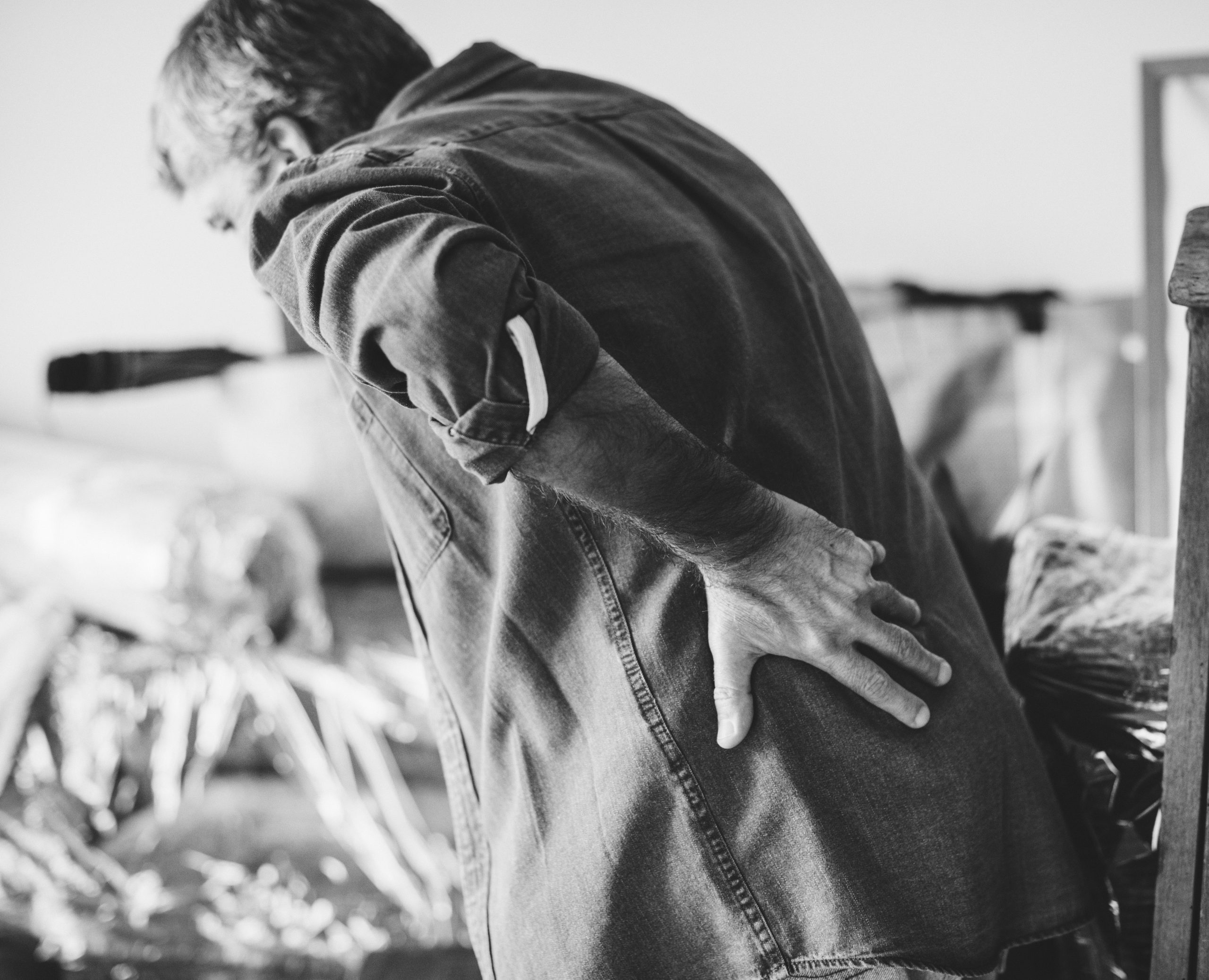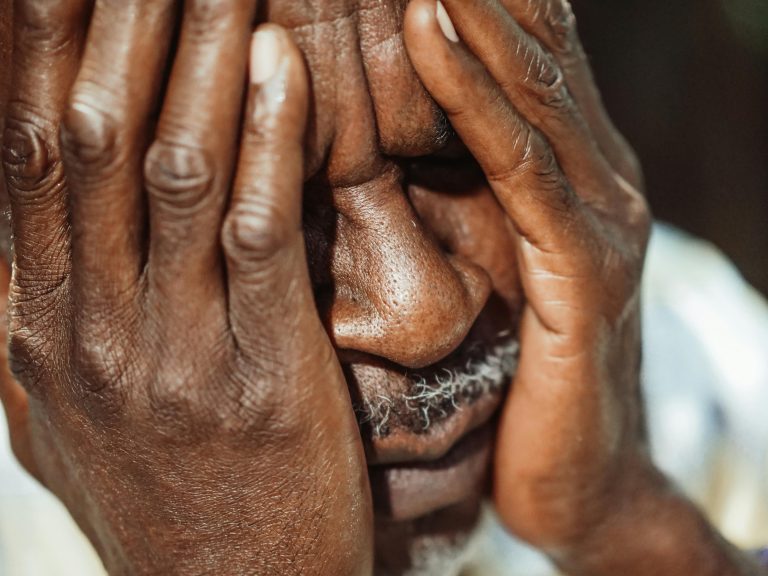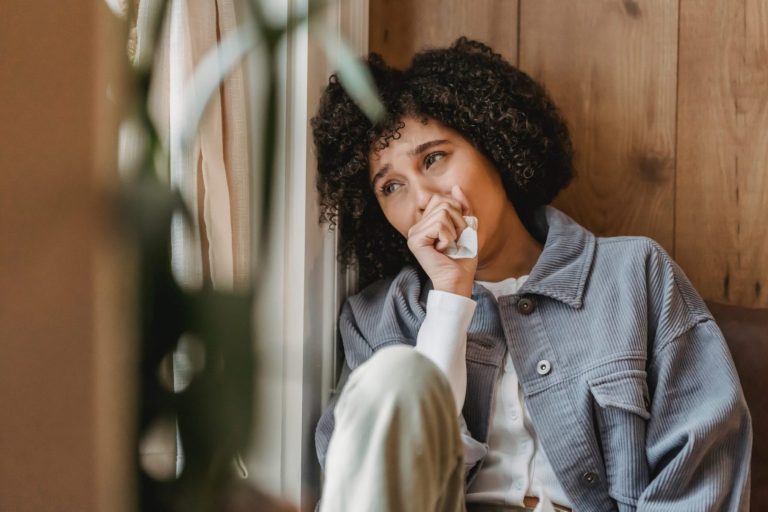Living with chronic pain
Source of pain can differ from being heart broken and feeling the pain of an ending relationship to the scratches and burning on your knees when you fall down. Whatever the source is, pain is not something unnecessary. It is the check engine light of our bodies, signaling us that there is something wrong and we need to do something about it before it gets worse.
However, sometimes even if we did everything that we could by seeing a professional about it and take the medication needed, some physical pains still stay with us. If the pain is still there for more than 3 months even though you took care of it and treat it right that means it is a chronic pain and no longer serves a purpose. Research shows that 1 in every 5 people suffer from chronic pain. In some cases, this pain might not be curable, but it is possible to learn how to live with it.
The first treatment that comes to mind is mostly physical. This is understandable because such a bodily thing as pain should be treated physically. There are many different types of exercises and advice for different kind of pains. Activities such as swimming and yoga for back pain, and regular eating and sleeping schedules for headaches are just some simple examples of such.
However, those physical treatments are not enough on their own. It is important to understand that chronic pain does not only harm a person physically but also mentally because of the hardship that comes with dealing with constant pain and constraints in daily life. It is really important to learn how this situation is affecting our emotions or behaviors so that we can work on it. Through understanding, we can understand the cause of our pain and start to work on it internally as well. Meditation and relaxation methods such as concentrating on breathing to get rid of unwanted thoughts, or muscle relaxation techniques where you tighten and then relax your muscles one at a time to completely relax your body might help both pin point the source of pain and getting rid of the unwanted thoughts that come with the pain.
Once we take the first step of listening to our own body, the second step is accepting it as it is. Pain can sometimes be limiting by either constraining movement or by creating mental borders. After many times avoiding certain activities, we may limit ourselves even from harmless activities and feel different from others. It is important to not see your body as something that holds you back but as a unique tool for expressing who you are. Becoming at peace with yourself and finding a way of doing things that works for you is the key to cope with that pain mentally and physically without withdrawing from your everyday life.
Of course, it is really important to regularly check up with a doctor to track the situation and adapt the medical changes and physiotherapy needs accordingly to take the best care of our body. But it is as important that we take care of our mind during the process too.
Sources:
Gatchel, R. J., McGeary, D. D., McGeary, C. A., & Lippe, B. (2014). Interdisciplinary chronic pain management: past, present, and future. American Psychologist, 69(2), 119.
Goldberg, D. S., & McGee, S. J. (2011). Pain as a global public health priority. BMC public health, 11, 770. doi:10.1186/1471-2458-11-770
Billur Godek is a third grade undergraduate Psychology student in Turkey and is part of the Willingness International Summer Internship Programme 2019. Her interests briefly involve environmental psychology and its effects on both mental and physical health.







